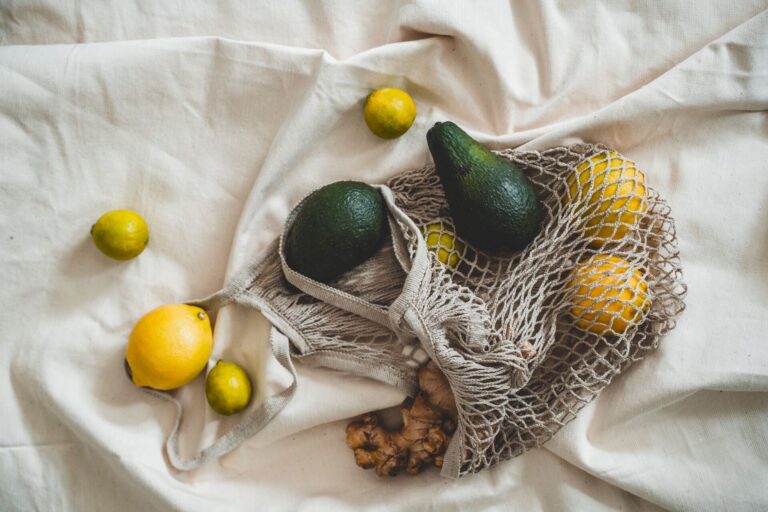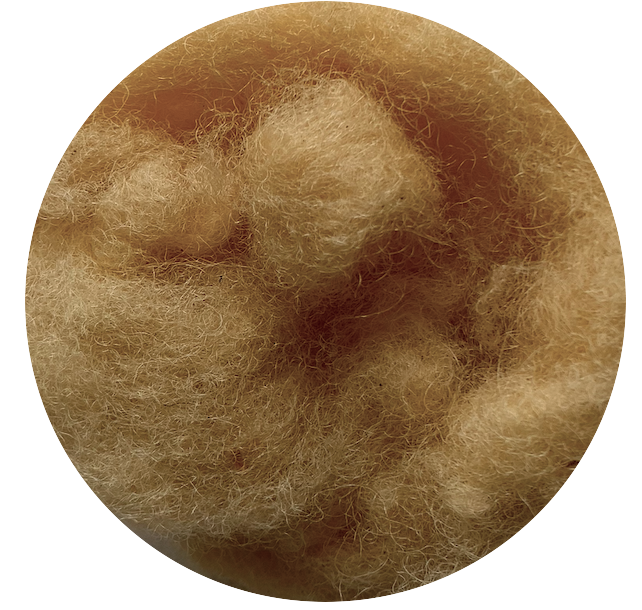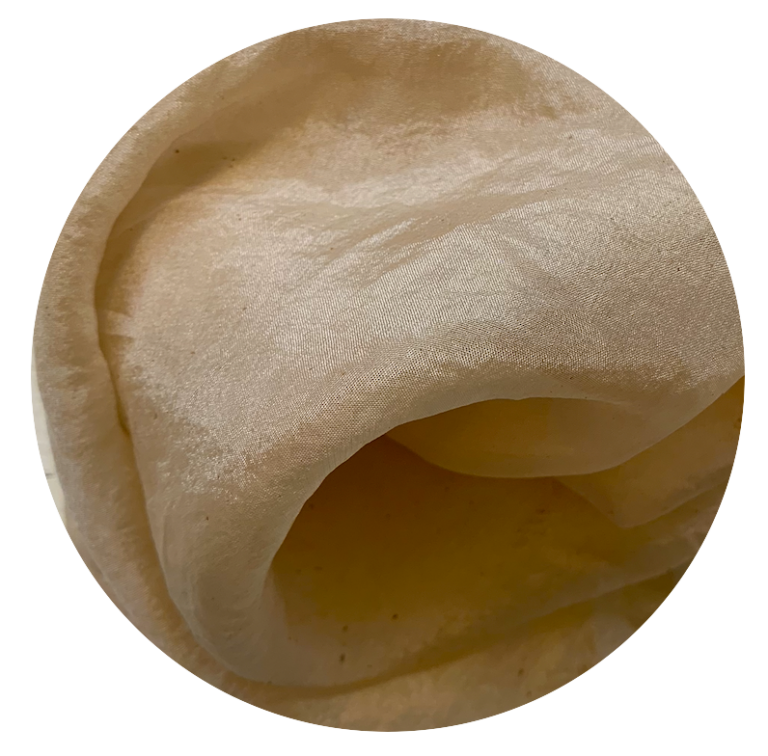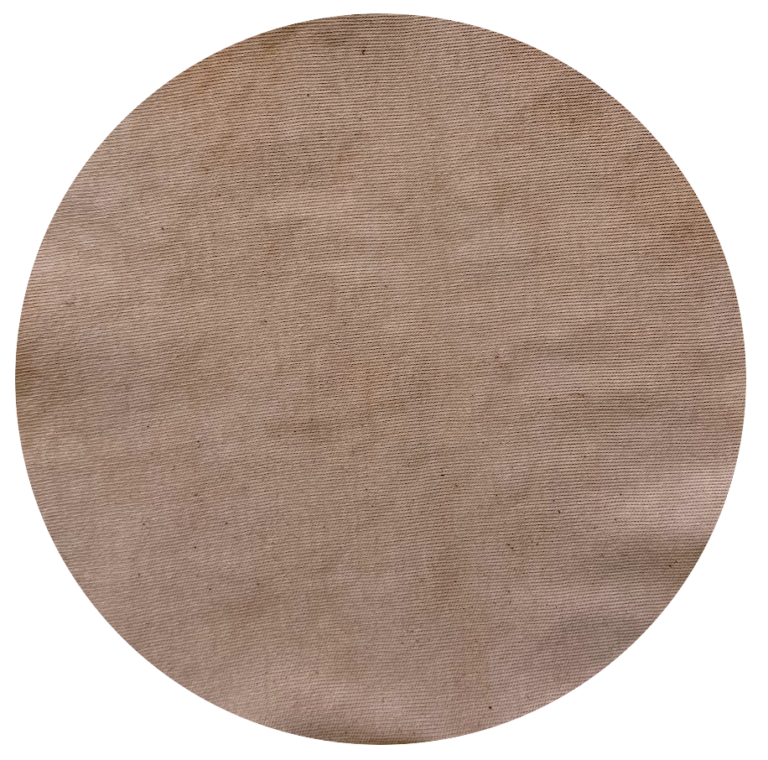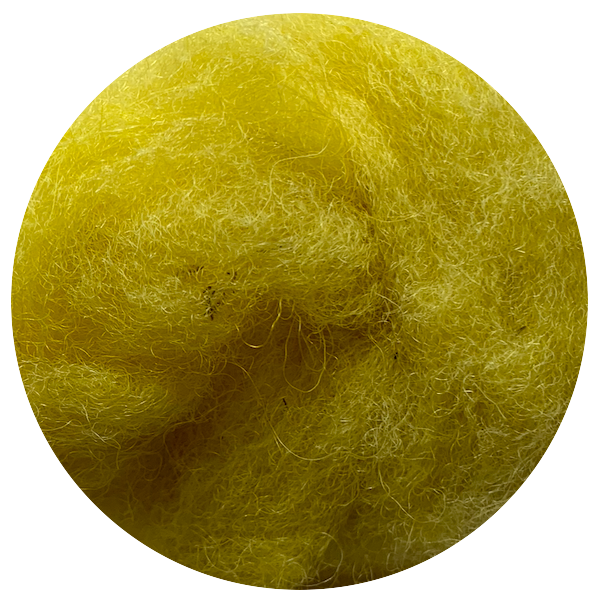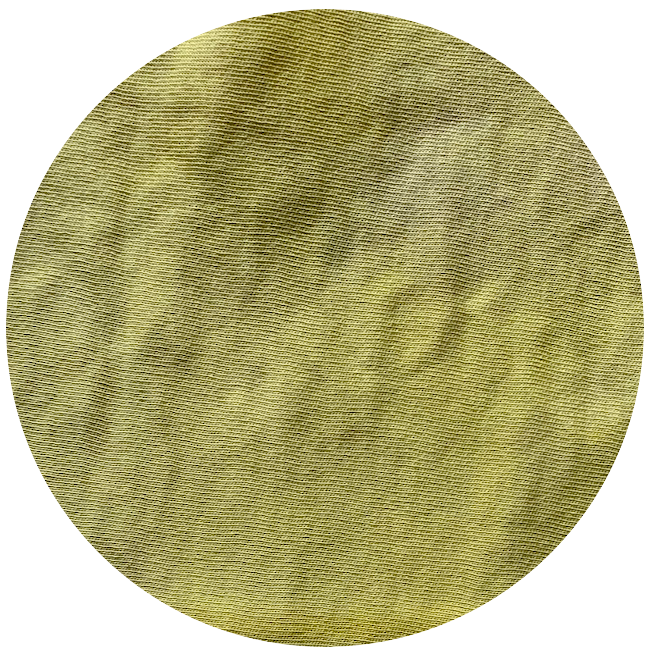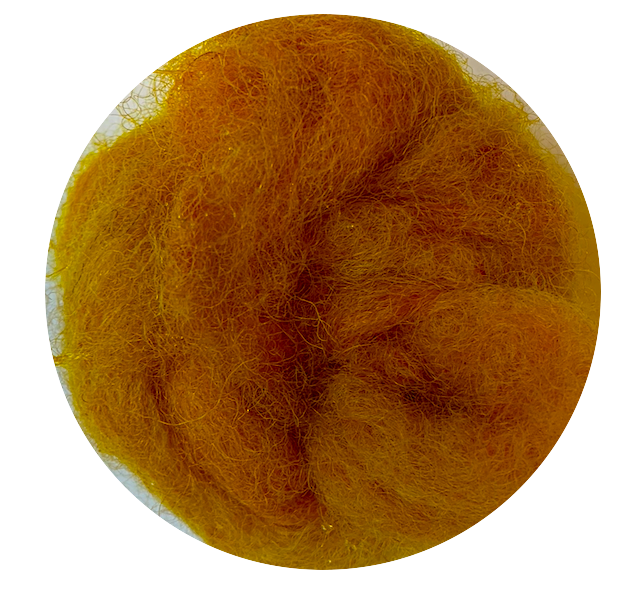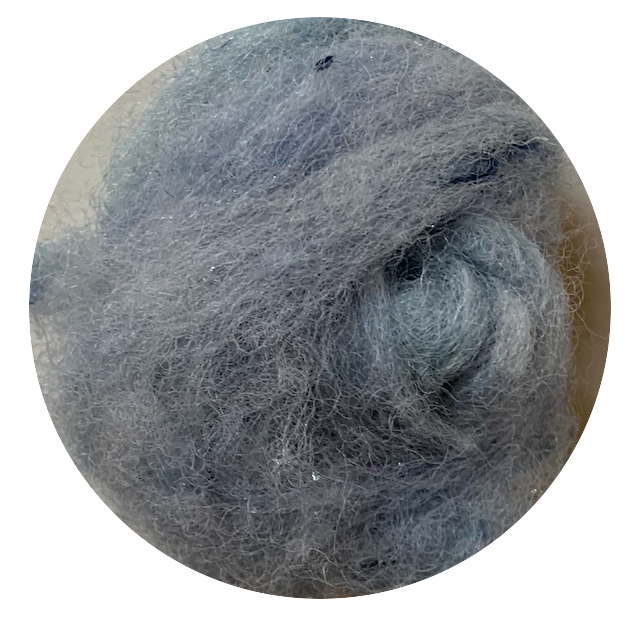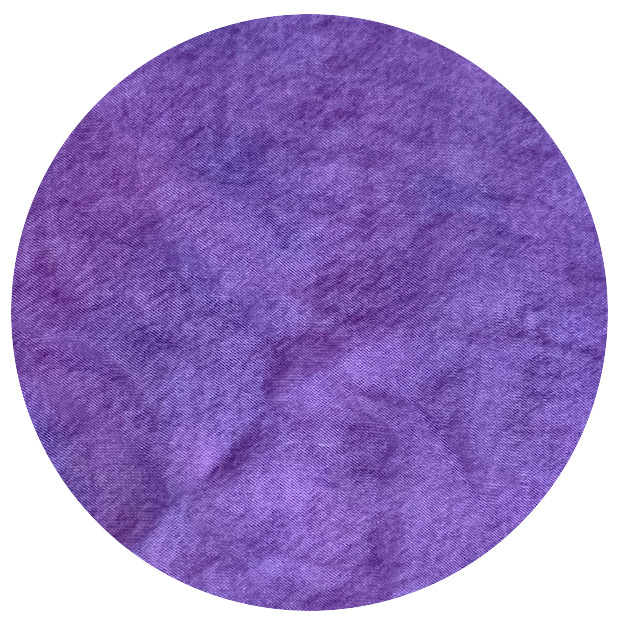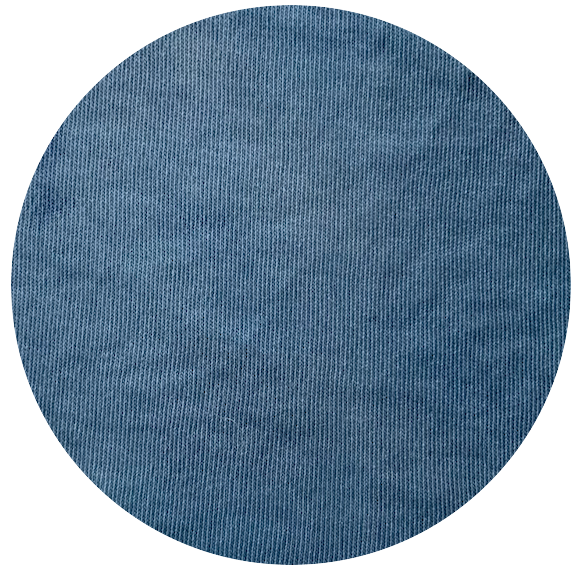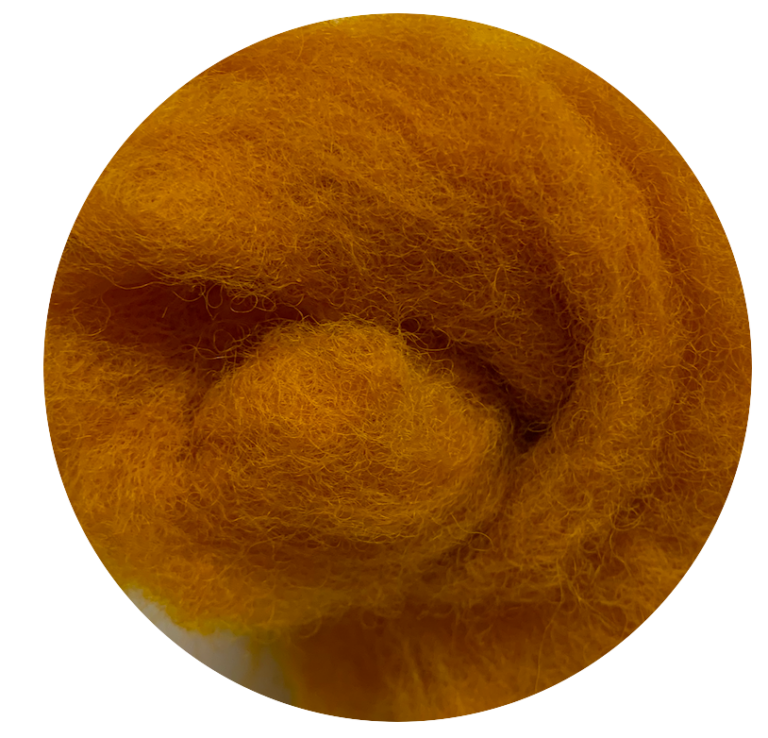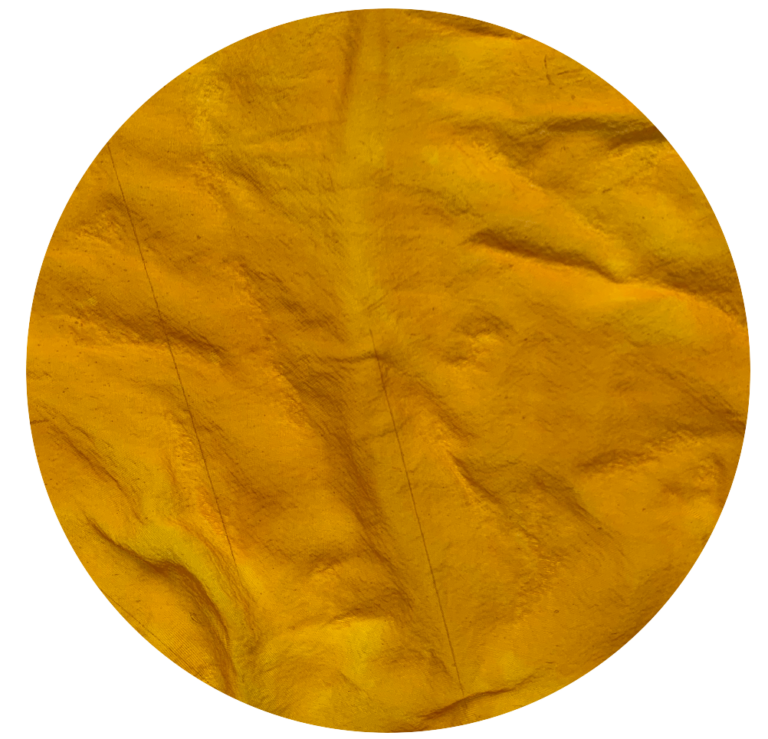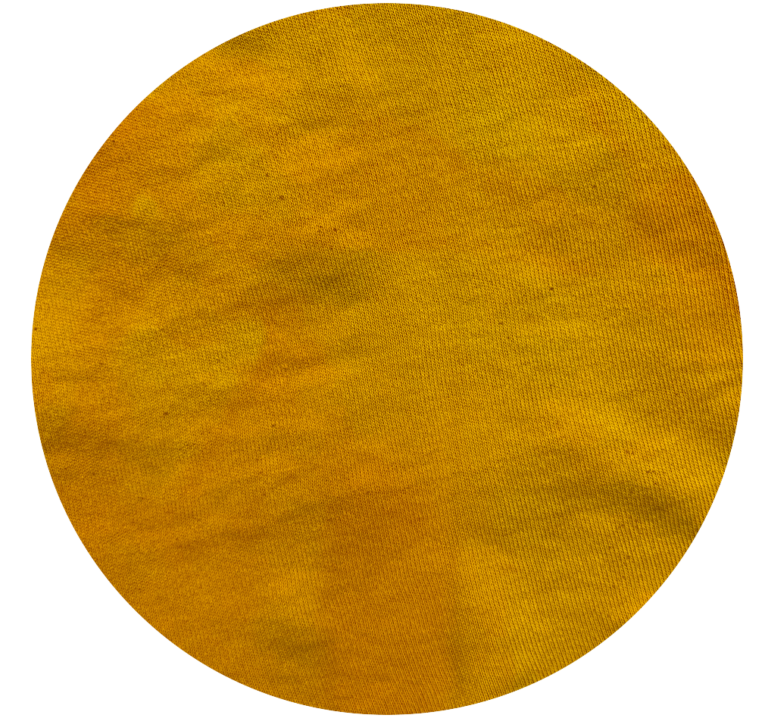Amsterdam is full of amazing culinary spots that can potentially be used as a circular source of biochromes. Discarded fruit and vegetable remnants from local markets, small businesses, large producers, and households, that are often considered useless, are perfect for this purpose. This is because besides botanical sources, biochromes can be extracted from sources like avocado pits, onion skins, and spinach leaves to create pigments that not only offer a diverse spectrum of colors but can also offer a sustainable option for textile dyeing. Moreover, it can create a unique connection between Amsterdam’s waste and textile dyers.
